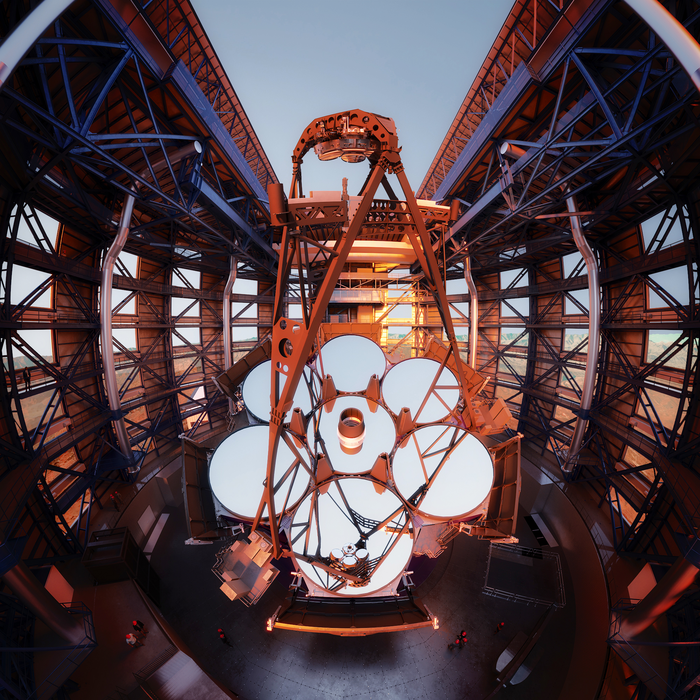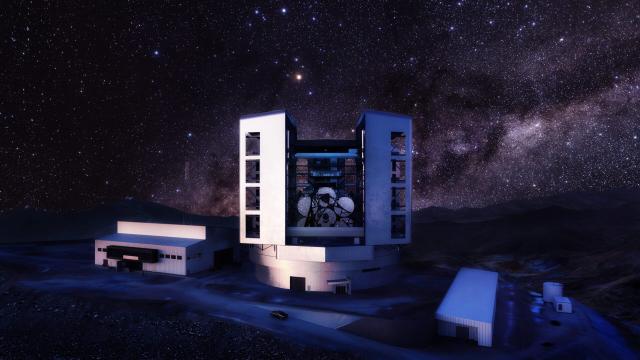The group building the Giant Magellan Telescope in Chile has secured a $US205 ($285) million investment that will help push construction of the massive instrument over the finish line. The money will go toward the facility that will house the telescope at the Las Campanas Observatory high in Chile’s Atacama Desert.
When the telescope is complete, it will be 25.30 m across and will have 10 times the light collecting area and four times the spatial resolution of the Webb Space Telescope, according to a release from the Giant Magellan Telescope Organisation. (For comparison, the Webb telescope is about 6.40 m in diameter). The Atacama Desert is a popular place for ground-based observatories because of its remoteness, altitude, and clear skies.
According to GMTO, the Magellan telescope will scrutinize exoplanet atmospheres and early galaxies and will probe the nature and roles of dark matter and dark energy in the history of the universe. The new $US205 ($285) million investment comes from the international consortium of institutions that are backing the project, a group that includes Harvard University, Arizona State University, Korea Astronomy and Space Science Institute, the Smithsonian Institution, and the São Paulo Research Foundation.
Part of the Giant Magellan Telescope’s innovation is the use of adaptive optics, for which it will need adaptive secondary mirrors. Adaptive optics is a technology that mitigates the effects of fluctuations in the atmosphere (the same fluctuations that cause stars to twinkle from the perspective of ground-based observers).

“The idea of the adaptive optics is that you use a deformable mirror that can literally wiggle,” said Rebecca Bernstein, an astronomer at the Carnegie Institution for Science and a project scientist on the Giant Magellan Telescope, told Gizmodo in June. “You can deform that mirror to allow the light that’s reflected from it to be free of the aberrations that are caused by the atmosphere.”
“That lets us get to essentially perfect, untwinkling light…very close to what you get from when you’re above the atmosphere,” Bernstein added.
With its adaptive optics system, Magellan will effectively correct for atmospheric aberrations in real time as it observes the cosmos.
The telescope’s first light is anticipated by the end of the decade. Currently, six of the telescope’s seven primary mirrors have been cast. The 40,000-square-foot facility needed to build the telescope’s housing structure is complete. Magellan’s first adaptive secondary mirror is underway in Europe.
In tandem with the Webb Space Telescope (and potentially some other telescopes, should they secure the necessary funding to become realities), the Magellan telescope will help astronomers, astrophysicists, and planetary scientists see the universe in much sharper relief than was possible with previous generations of telescopes.
